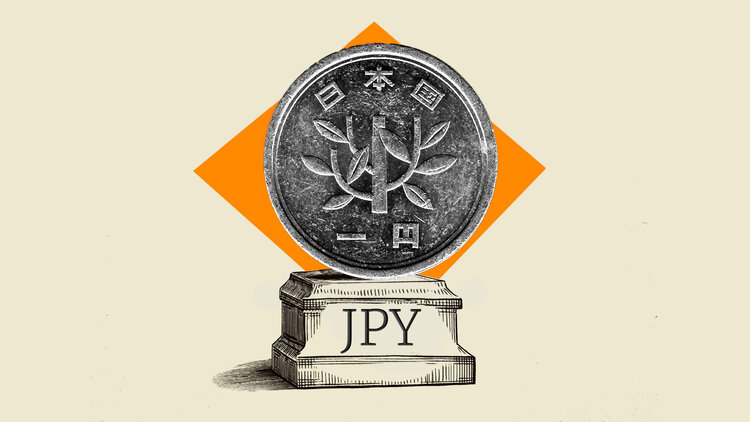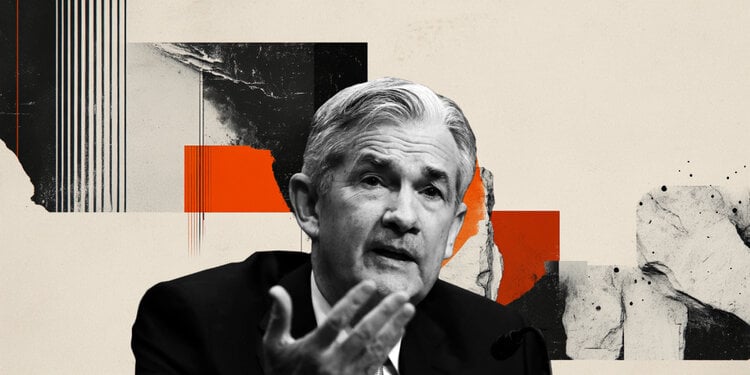- The USD retreated on Friday after hitting yearly highs near 106.60.
- The market has responded to Fed Chair Powell’s comments, with the odds of a December cut falling to 60%.
- Retail sales rose 0.4% in October from the previous month, beating expectations.
The US Dollar Index (DXY), which measures the value of the USD against a basket of six currencies, failed to secure a sixth consecutive day of gains on a Friday of volatile trading. Federal Reserve (Fed) Chairman Jerome Powell has created uncertainty in markets by expressing reservations about an interest rate cut in December, as markets evaluate new retail sales data.
The US Dollar Index retreated slightly after reaching its highest point of the year. However, the DXY remains in an uptrend, supported by the Fed’s cautious rhetoric and strong economic data, giving the Dollar an advantage over its peers.
Daily Market Summary: US Dollar Falls as Markets Assess Powell’s Remarks, Retail Sales
- Fed Chairman Powell downplayed the need for aggressive easing, citing economic strength.
- Fed officials, including Kugler, reiterated the need for caution in rate cuts.
- The odds of a December cut have dropped to 60% in federal funds futures and 45% in swaps markets.
- The swap market anticipates a terminal rate above the Fed’s long-term rate of 2.875%.
- US retail sales rose 0.4% in October, beating expectations and September growth.
- The control group of retail sales contracted 0.1%, while excluding autos, sales grew 0.1% mom, below consensus.
DXY Technical Outlook: Bulls Pull Back as Investors Take Profits
The DXY’s rapid rise to yearly highs above 107.00 was met with rapid profit-taking, indicating a possible change in market sentiment. The pullback suggests that buyers may have been overextended and a pullback could be in order.
Indicators including the Relative Strength Index (RSI) and Moving Average Convergence/Divergence (MACD) continue to show overbought conditions, so consolidation is likely to continue.
Interest rates FAQs
Financial institutions charge interest rates on loans from borrowers and pay them as interest to savers and depositors. They are influenced by basic interest rates, which are set by central banks based on the evolution of the economy. Typically, central banks are mandated to ensure price stability, which in most cases means targeting an underlying inflation rate of around 2%.
If inflation falls below the target, the central bank can cut base interest rates, in order to stimulate credit and boost the economy. If inflation rises substantially above 2%, the central bank typically raises core lending rates to try to reduce inflation.
In general, higher interest rates help strengthen a country’s currency by making it a more attractive place for global investors to park their money.
Higher interest rates influence the price of Gold because they increase the opportunity cost of holding Gold instead of investing in an interest-bearing asset or depositing cash in the bank.
If interest rates are high, the price of the US Dollar (USD) usually rises and, since Gold is priced in dollars, the price of Gold falls.
The federal funds rate is the overnight rate at which U.S. banks lend to each other. It is the official interest rate that the Federal Reserve usually sets at its FOMC meetings. It is set in a range, for example 4.75%-5.00%, although the upper limit (in this case 5.00%) is the figure quoted.
Market expectations about the Federal Reserve funds rate are tracked by the CME’s FedWatch tool, which determines the behavior of many financial markets in anticipation of future Federal Reserve monetary policy decisions.
Source: Fx Street
I am Joshua Winder, a senior-level journalist and editor at World Stock Market. I specialize in covering news related to the stock market and economic trends. With more than 8 years of experience in this field, I have become an expert in financial reporting.







